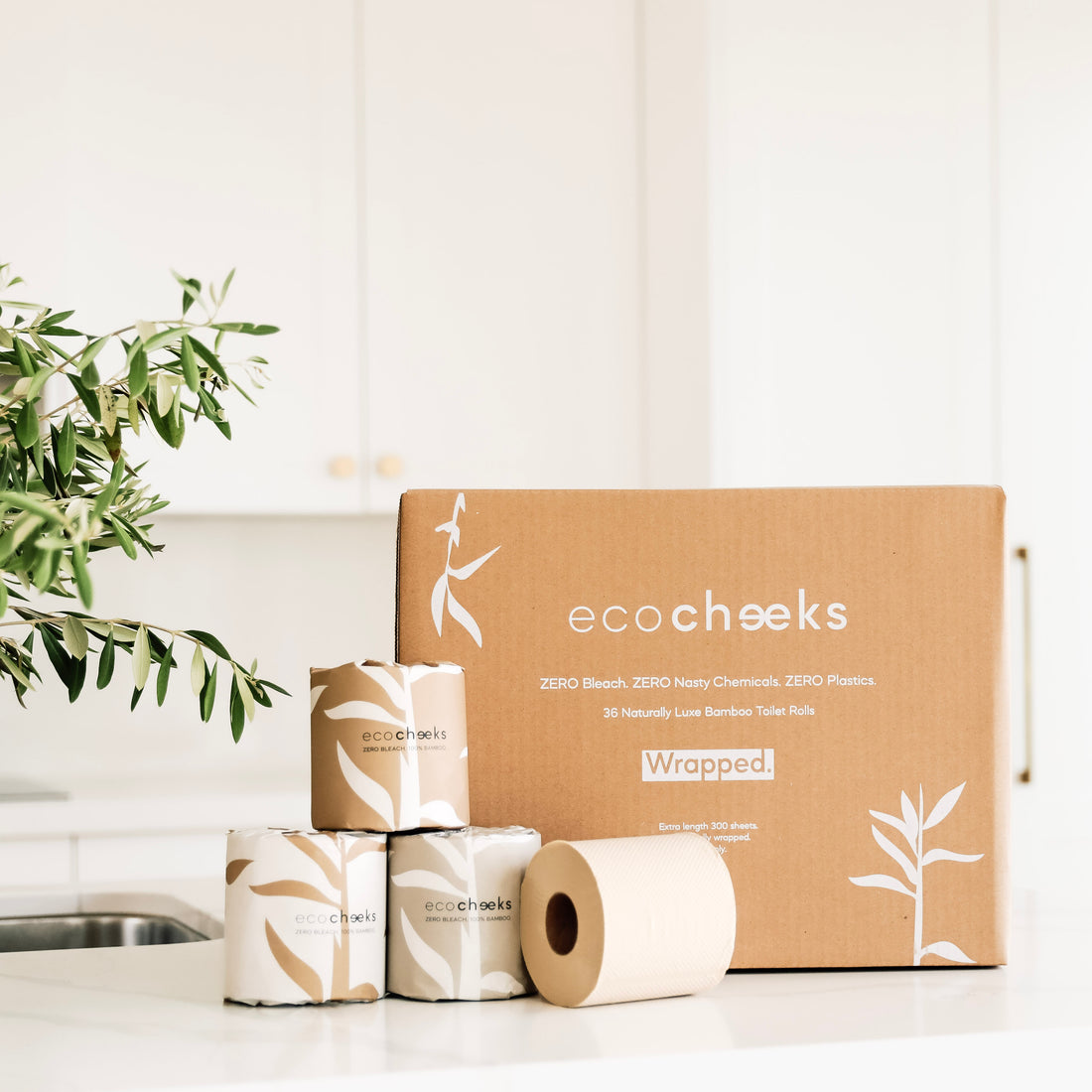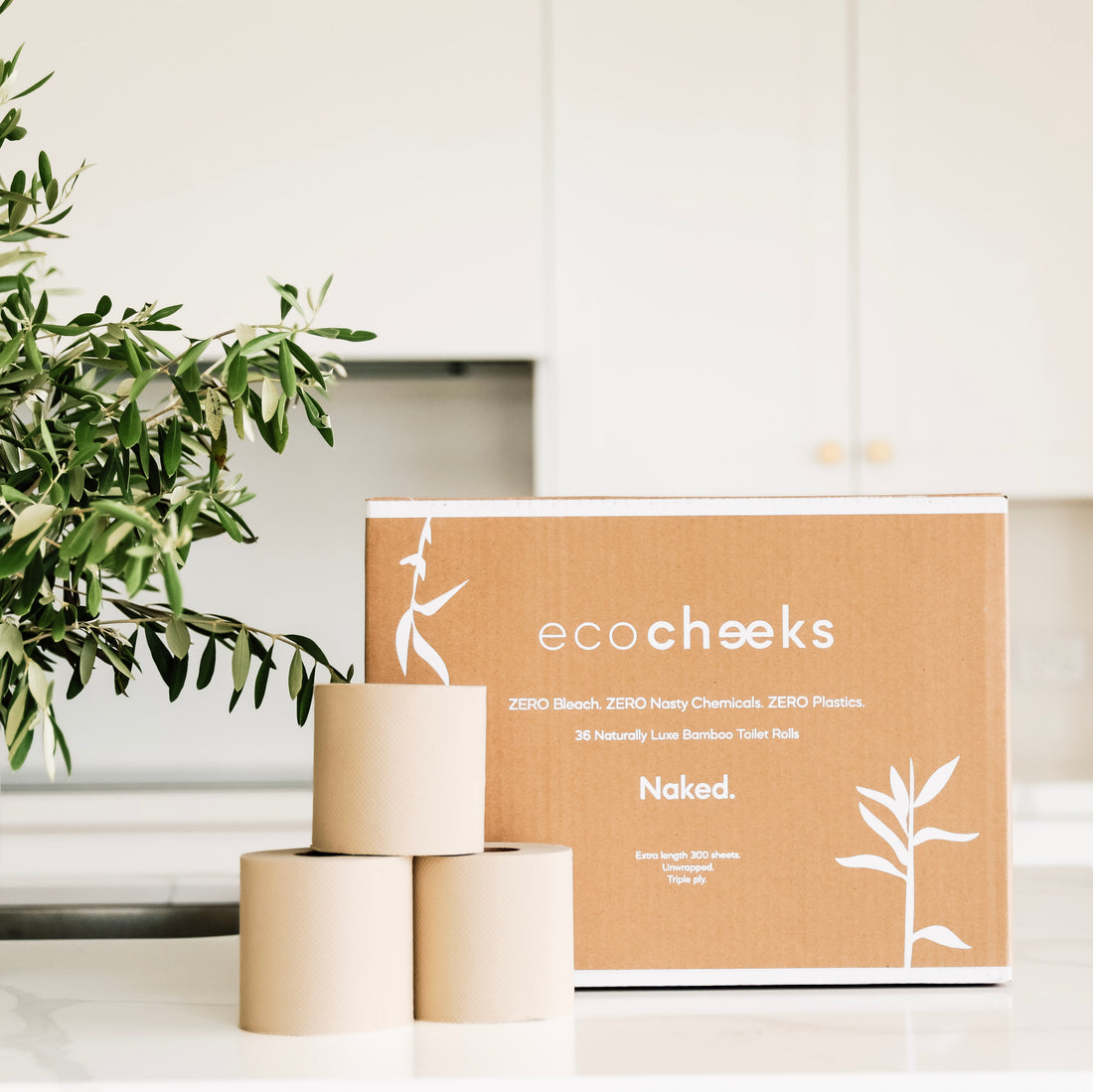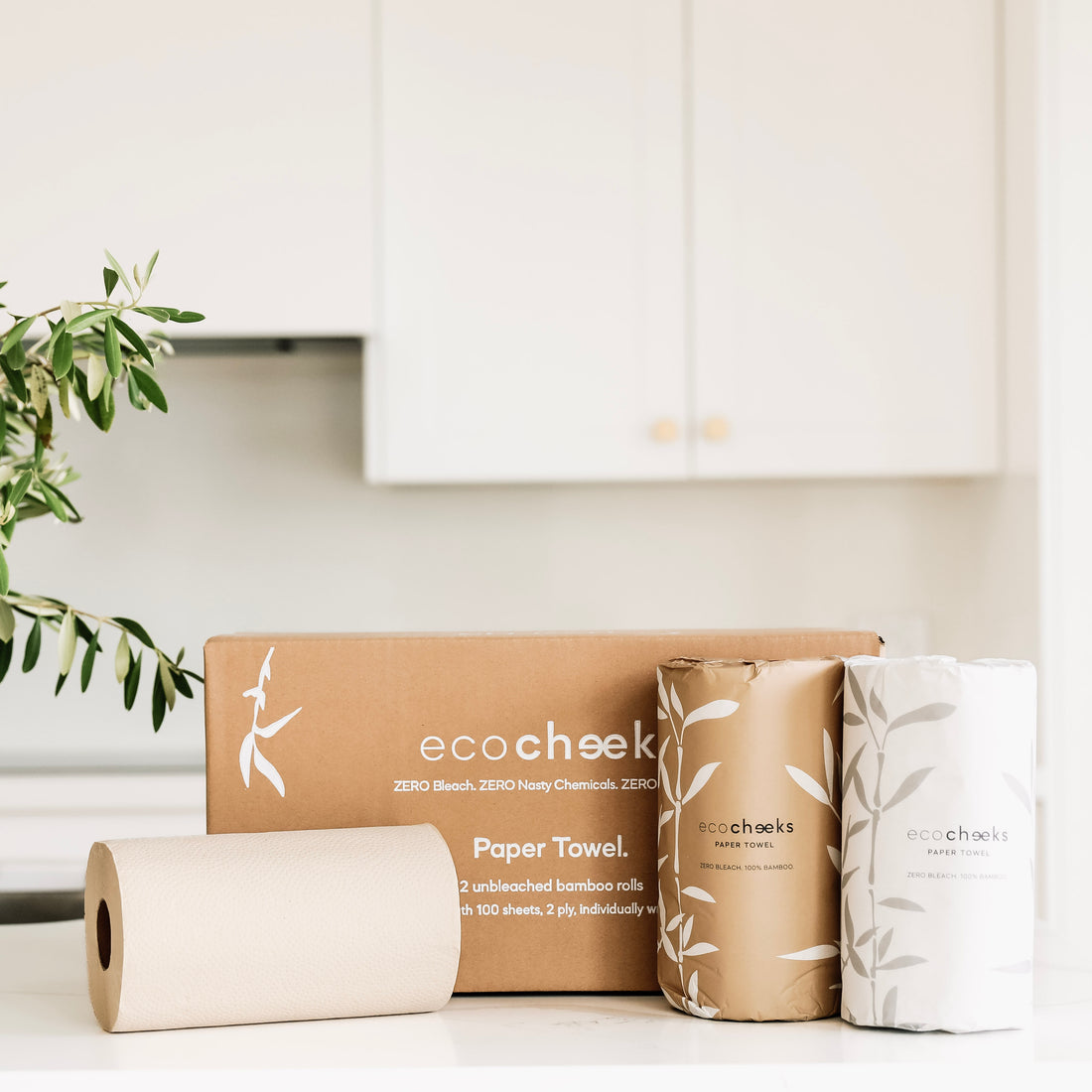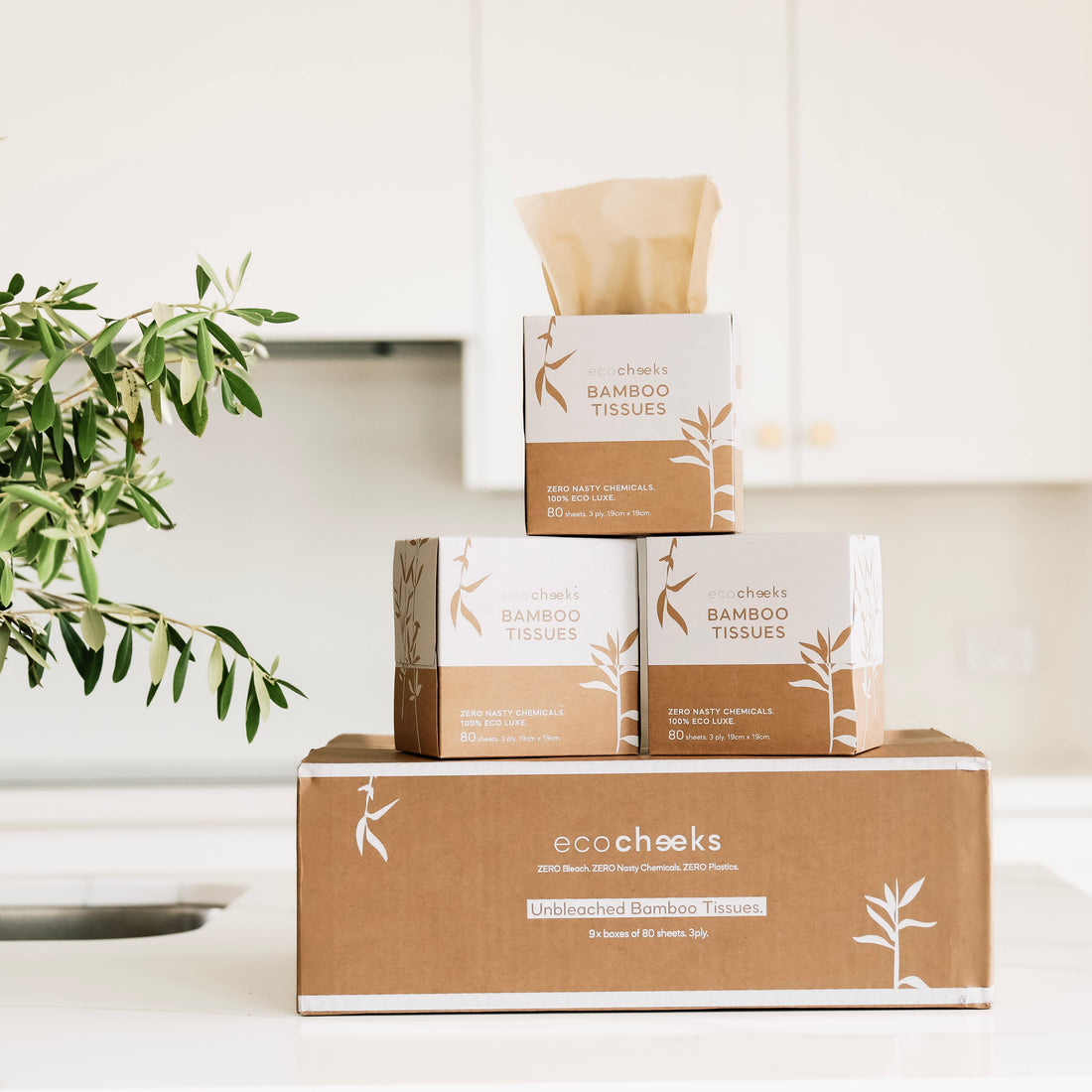Paper products are everywhere—from the tissues in your bag to the toilet paper in your bathroom. But have you ever stopped to consider the true cost of conventional tissue paper? Beyond the price on the shelf, traditional tree-based paper carries hidden costs that take a toll on both the planet and your wallet.
From deforestation and pollution to increasing production costs, the environmental and economic impact of conventional paper is staggering. The good news? There’s a better way. Bamboo is emerging as the future of sustainable paper products, offering a renewable, eco-friendly alternative that doesn’t compromise on quality. Let’s break down why making the switch is one of the smartest choices you can make.
The Environmental Cost of Traditional Paper
1. Deforestation and Habitat Destruction
The paper industry is a major driver of deforestation. Millions of trees are cut down every year to create disposable products like toilet paper, tissues, and paper towels—trees that took decades to grow, only to be used for mere seconds before being discarded.

Beyond the loss of trees, deforestation destroys habitats for countless species, endangering biodiversity. It also contributes to climate change, as trees play a crucial role in absorbing carbon dioxide from the atmosphere. Cutting them down releases that stored carbon, accelerating global warming.
2. Water and Chemical Pollution
The process of turning trees into paper isn’t just tree-intensive—it’s water-intensive too. Producing a single roll of conventional toilet paper requires up to 140 litres of water. That’s an enormous amount for something that literally gets flushed away.
Then there’s the bleaching process. Traditional toilet paper is treated with chlorine and other harsh chemicals to achieve that bright white colour. This process releases toxic chemicals like dioxins and furans into waterways, harming marine ecosystems and posing potential health risks to humans.
3. A High Carbon Footprint
The paper industry is a serious polluter, accounting for around 2% of global carbon emissions—more than the aviation sector. Between logging, transporting trees, processing pulp, and distributing products, the carbon footprint of traditional paper is anything but small.
The Economic Cost of Conventional Paper
While tree-based paper might seem affordable, the long-term costs add up—for both consumers and the planet.
1. Rising Production Costs
As forests shrink and tree resources become scarcer, the cost of producing traditional paper is increasing. Since trees take decades to regrow, they’re not a sustainable long-term resource, making conventional paper an increasingly expensive option.

Bamboo, on the other hand, is a fast-growing alternative. Some species can grow over a metre per day, making bamboo a far more renewable resource for paper production.
2. Waste and Overconsumption
Ever noticed how quickly you go through a roll of toilet paper? Conventional toilet paper often contains fewer sheets per roll, leading to more waste from the extra cores, higher consumption and more frequent repurchasing. Over time, this means spending more money and creating more waste.
3. Hidden Environmental Costs Passed to Consumers
The environmental damage caused by traditional paper production doesn’t just vanish—it leads to higher costs elsewhere. From government spending on pollution clean-ups to the increasing impact of climate-related disasters, the consequences of deforestation and industrial pollution eventually come back to consumers through higher taxes, utility bills, and environmental levies.
Why Bamboo is the Future of Paper
Given the steep environmental and economic costs of conventional paper, bamboo is a clear and sustainable solution. Here’s why bamboo paper products are the way forward:
1. Bamboo is Fast-Growing and Renewable

Unlike trees, which take decades to mature, bamboo grows incredibly fast—some species reach full height in just a few months! Even better, bamboo doesn’t require replanting after harvesting. It’s a grass and regenerates naturally, making it one of the most sustainable raw materials for paper production.
2. Less Water and Fewer Chemicals
Bamboo paper requires significantly less water to produce than tree-based paper. Plus, it doesn’t require the same harsh bleaching processes, meaning fewer pollutants end up in waterways and a safer product for consumers.
3. A Lower Carbon Footprint
Bamboo absorbs 35% more carbon dioxide than trees, helping combat climate change rather than contributing to it. Choosing bamboo paper over traditional paper products is an easy way to reduce your personal carbon footprint.
4. Cost-Effective in the Long Run

Because bamboo grows quickly and can be harvested repeatedly, it offers a more stable and sustainable supply chain. This helps keep production costs lower over time, making bamboo-based products a smart investment for the future.
Making the Switch to Bamboo
Switching to bamboo paper products is one of the easiest ways to reduce your environmental impact without sacrificing quality. At Eco Cheeks, we’re leading the way with our 100% bamboo, unbleached toilet paper, tissues, and paper towels—free from harsh chemicals, sustainably sourced, and packaged without plastic.

By choosing bamboo, you’re not just buying a product—you’re making a statement. A statement that sustainability matters, that our forests and wildlife are worth protecting, and that small choices can lead to big changes.
The hidden costs of conventional tissue paper are too great to ignore—but the solution is simple. Bamboo is the future. Ready to make the switch?








